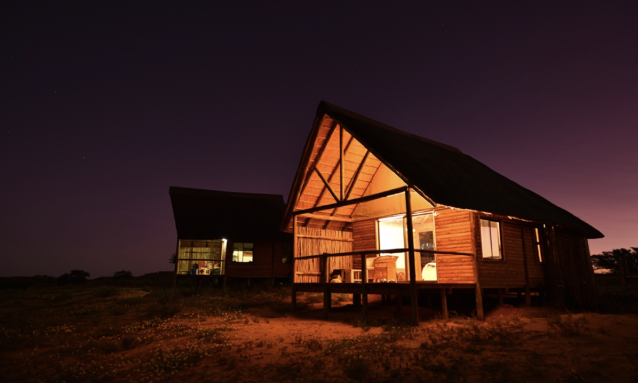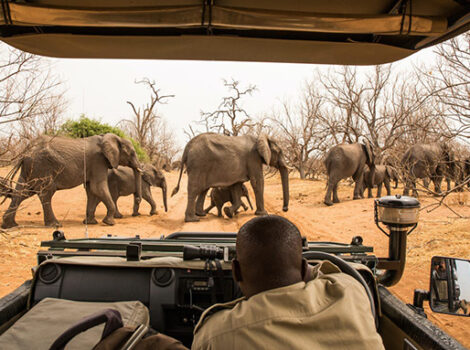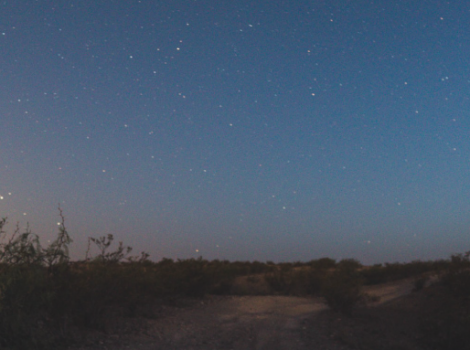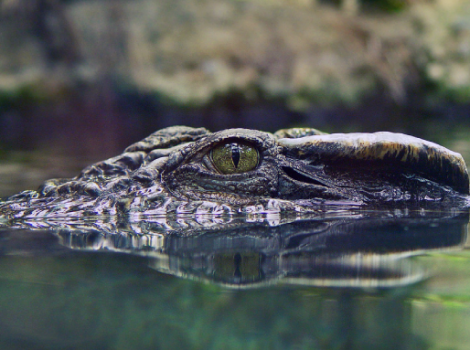
Rooiputs is located about 25 km north of Two Rivers along the Nossob River Valley. The lodge is perched along a vegetated red sand dune offering extensive panoramic views of a valley of acacia savannah and grassy plains. Lions are frequent visitors to the adjacent waterhole.
Kalahari Desert
The Kgalagadi (Kalahari) Desert is a large arid to semi-arid sandy area in Southern Africa extending 900,000 square kilometres, covering 84% of Botswana and parts of Namibia and South Africa. The Kgalagadi is part of a huge sand basin into which sediments have continually been deposited and covered with sand.
Kgalagadi, meaning “the great thirst” in Setswana is the largest continuous area of sand on earth, touching nine African countries. With an approximate area of 2.5 million km², it extends through 30 degrees of latitude and embraces several ecological zones.
It is a region of great ecological, vegetative, geomorphological and climatic diversity. At its northern reaches (Gabon, Congo and Zaire), the Kgalagadi lies in the humid tropics and is dominated by parts of the Congo drainage system. At its core, in Botswana and neighbouring countries (South Africa, Namibia, Zambia, Zimbabwe and Angola), it is an arid to semi-arid region with little surface water.
The sand masses in the Kgalagadi were created by the erosion of soft stone formations. The wind shaped the sand ridges, which are so typical of the landscape in the Kgalagadi.
Only in recent geological history, 10 to 20,000 years ago, were the dunes stabilised through vegetation. Unlike the dunes of the Namib Desert, those of the Kgalagadi are stable and not wandering.
The Kgalagadi Desert is therefore not a true desert in the sense that it is well vegetated and receives copious but very unpredictable rainfall. It does, however, hold no permanent surface water and has resulted in fascinating ecological challenges for flora, fauna and the people of the Kgalagadi who have inhabited the area for thousands of years.
The Kgalagadi Transfrontier Park is one of five (5) national parks set aside within Botswana’s vast share of the Kgalagadi desert. It is one of the largest conservation areas in the world, and one of the last truly unspoilt ecosystems.
Lodge Facilities
Accommodation comprises of nine (9) chalets, one (1) family unit and one (1) luxury desert suite or honeymoon suite all under thatch. Each chalet is set on an expansive wooden deck and constructed out of a clever mix of wood, thatch, canvas and glass. Each chalet consists of a sleeping area with double or twin beds, a sitting area and en-suite bathroom with his and hers basin, toilet, an outside shower and an expansive veranda screened from the next-door neighbour.
The desert suite/honeymoon suite also has an outdoor bath in which guests can cool down whilst enjoying a refreshing drink and the far sweeping views of a treed savannah and a grassy plain with its waterhole.
To keep guests comfortable during the desert summers and winters, the thatched roof has an insulating effect. The large veranda outside the bedroom is also under thatch and this allows for the caressing Kgalagadi breeze to make the stay quite comfortable. Should the heat get too unbearable during the night, fans will be made available. Hot water bottles are a secret touch during the cold winter nights. Gas heaters are available in the main building during winter.
The thatched main building contains a spacious lounge area, a bar, a comfortable dining room and a restful reading area all with furnishings reflecting the rich ethnic textures of Southern Africa and the desert.
A private concession area allows for exclusive game drives and sundowners, although the main game is found along the Nossob valley.
Game Viewing
Through Ta Shebube’s range of expert and personalised desert interpretation and game activities, guests learn about the area’s fascinating and specially adapted flora and fauna. They will also be able to experience the Kgalagadi’s stark beauty and remote desert and solitude feel.
The dry riverbeds show predators and antelopes off at a premium and provide excellent photographic opportunities. Sixty species of mammals have been recorded in the park including the majestic gemsbok, blue wildebeest, springbok, red hartebeest, eland (the world’s largest antelope) and steenbok.
Predators are the area’s big attraction and include the black-maned Kgalagadi lions, leopard, brown and spotted hyena, jackal and wildcat. The area is one of Africa’s best parks for the cheetah, which thrive by hunting in its fossil river valleys and the surrounding Kgalagadi dunes.
Eighty well-established water holes along the Auob and Nossob Rivers attract large numbers of desert plains game and predators and their proximity to the game drive roads make them an ideal close-up vantage point for photography.
Water
Water at Rooiputs is slightly salty, and is therefore treated by reverse osmosis to make it potable for cooking and drinking. However, all other water such as the plunge pool, showers and water from the bathroom taps are kept salty.
Source: tashebube.co.bw




I visited Rooiputs two times in 2014 and 2016, a nice camp.. I then visited Polentswa camp late 2016 which is also was run by Ta Shebube…such a marvel infested with lions